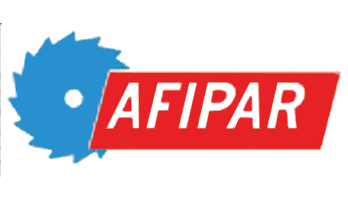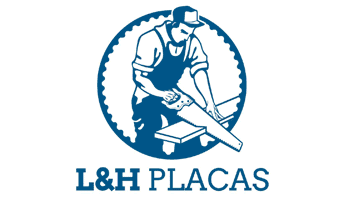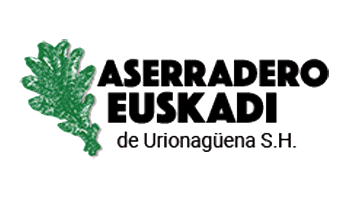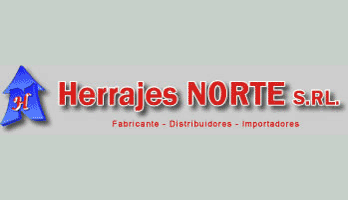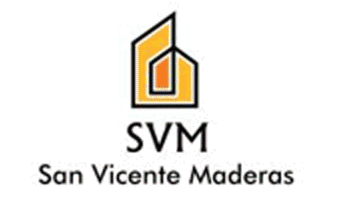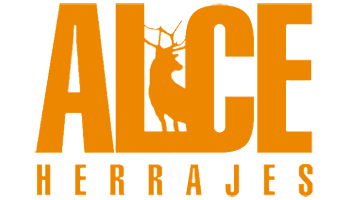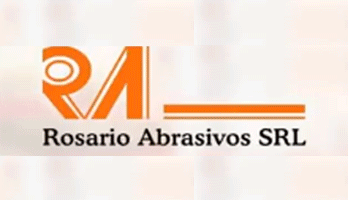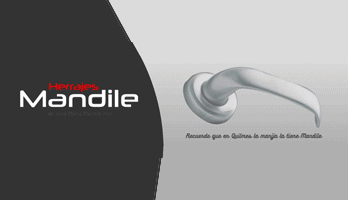
Visitors can access the fair's website at the ‘how to participate' tab and fill in their registration form.
The registration form to visit the fifth largest fair in the world - The International Fair of Machines, Raw Materials and Accessories for the Furniture Industry (FIMMA Brasil) 2019 - from March 26 to 29 is available online.
After completing the information on the site through the link http://www.fimma.com.br/credenciamento, visitors will receive an email confirming their registration.
Visitors can pick up their badges when they attend FIMMA Brasil 2019 by entering their e-mail address at one of the printing terminals located in the entrance of pavilions A and E. For security reasons, no one under 16 years of age will be admitted, even if accompanied by a legal guardian. The early registration valid for the 4-day event ensures ease of access to the event.
FIMMA Brasil 2019
When: March 26 to 29, 2019
Where: Parque de Eventos in Bento Gonçalves (RS)
Opening hours: 1 pm – 8 pm
Admission: free by registering
Interested in exhibiting: http://www.fimma.com.br/como-expor
For more information: www.fimma.com.br / +55 54 2102-2450

IT MAY INTEREST YOU
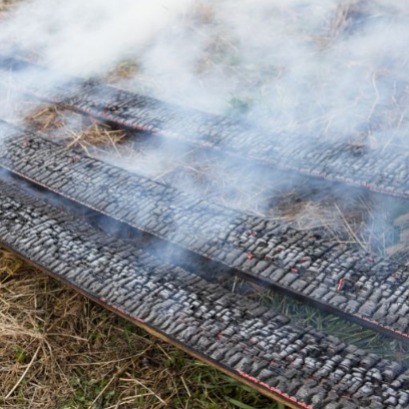 Burned wood: the Japanese technique that beautifies and protects the material
Burned wood: the Japanese technique that beautifies and protects the material
Elegant, ecological and resistant: the wood treated with the millenary technique called Yakisugi challenges the weather and the passage of time. In the world of design and construction, a Japanese ancestral technique is gaining prominence. This is the Yakisugi (also known as Shou Sugi Ban), a method that consists in burning the surface of the wood to make it more resistant and attractive. Although it may seem contradictory, exposing wood to fire gives natural protection against moisture, insects and deterioration over time.
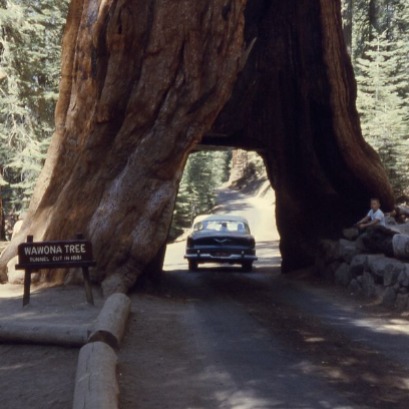 Wawona tree: the tourist attraction of the United States that disappeared in 1969
Wawona tree: the tourist attraction of the United States that disappeared in 1969
It was created in 1881 and became a very popular place during the following decades. However, when the tree fell at the close of the 1960s, everything changed. Wawona tree was the name that had a tourist attraction from the United States, which remained standing from 1881 to 1969 in Mariposa Grove, Yosemite National Park, California.
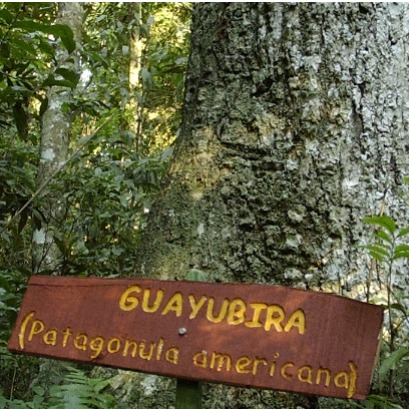 Know the Guayubira tree: one of the native timber species of the missionary jungle
Know the Guayubira tree: one of the native timber species of the missionary jungle
With information from the Native Missions Species Manual (2024), developed in collaboration between the Faculty of Forest Sciences of the UNAM and the United States Forest Service (USFS) through the Project Update and Edition of the Wood Identification Manual of the Missionary Jungle, we share information from each digital tab that includes dendrological and anatomical characteristics. The manual was elaborated in the Wood, Dendrology and Dendrocronology Anatomy Laboratory (LAMDYD) of the Faculty of Forest Sciences in Eldorado, National University of Misiones.


